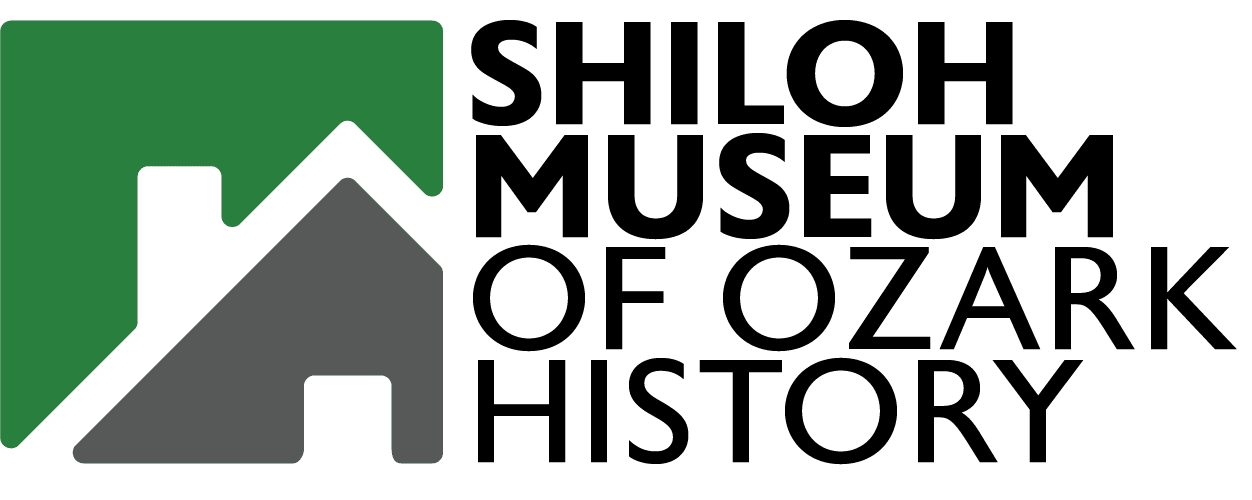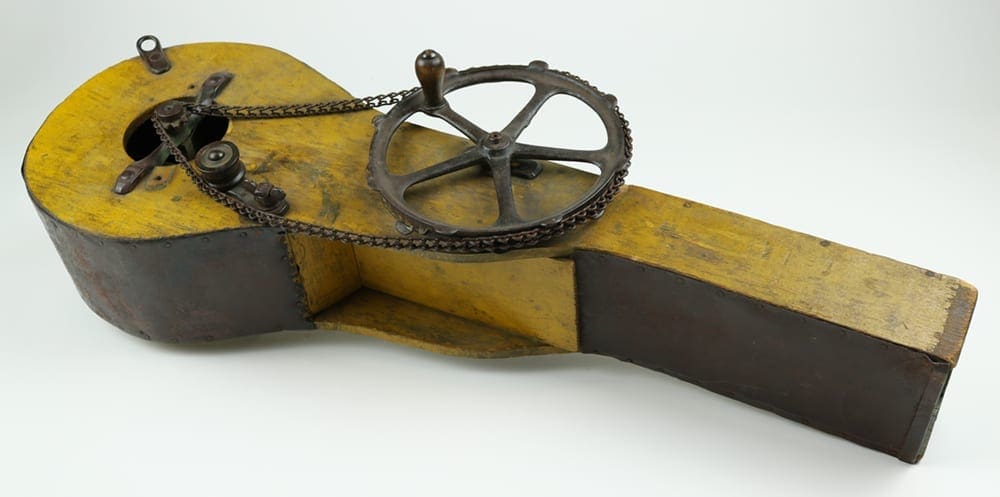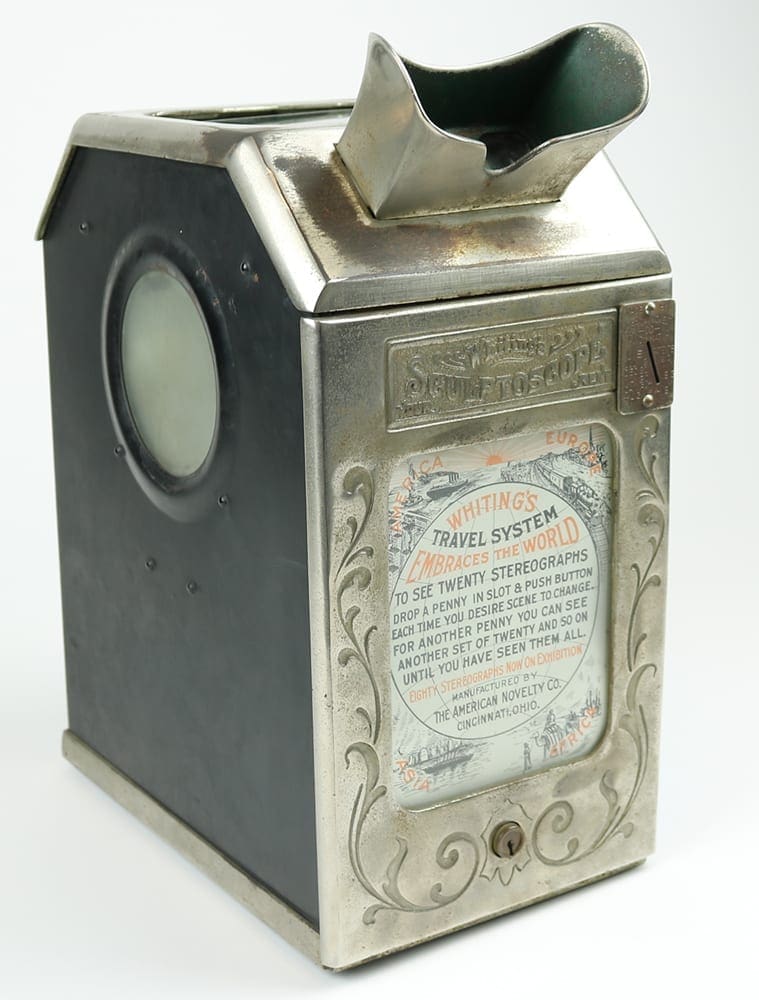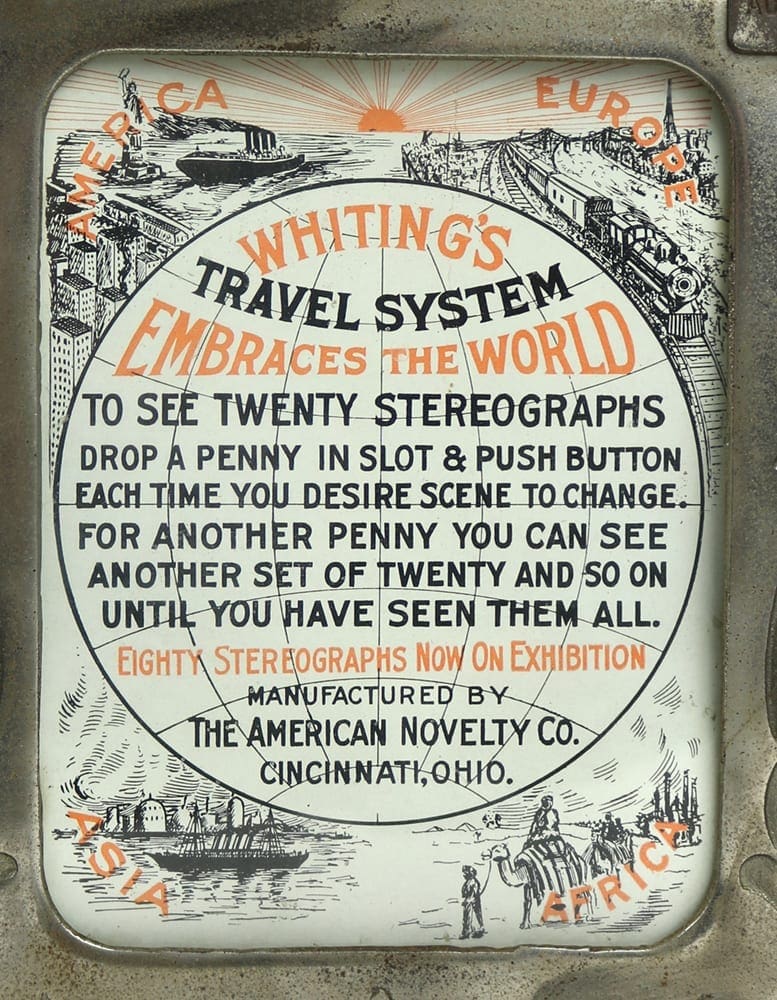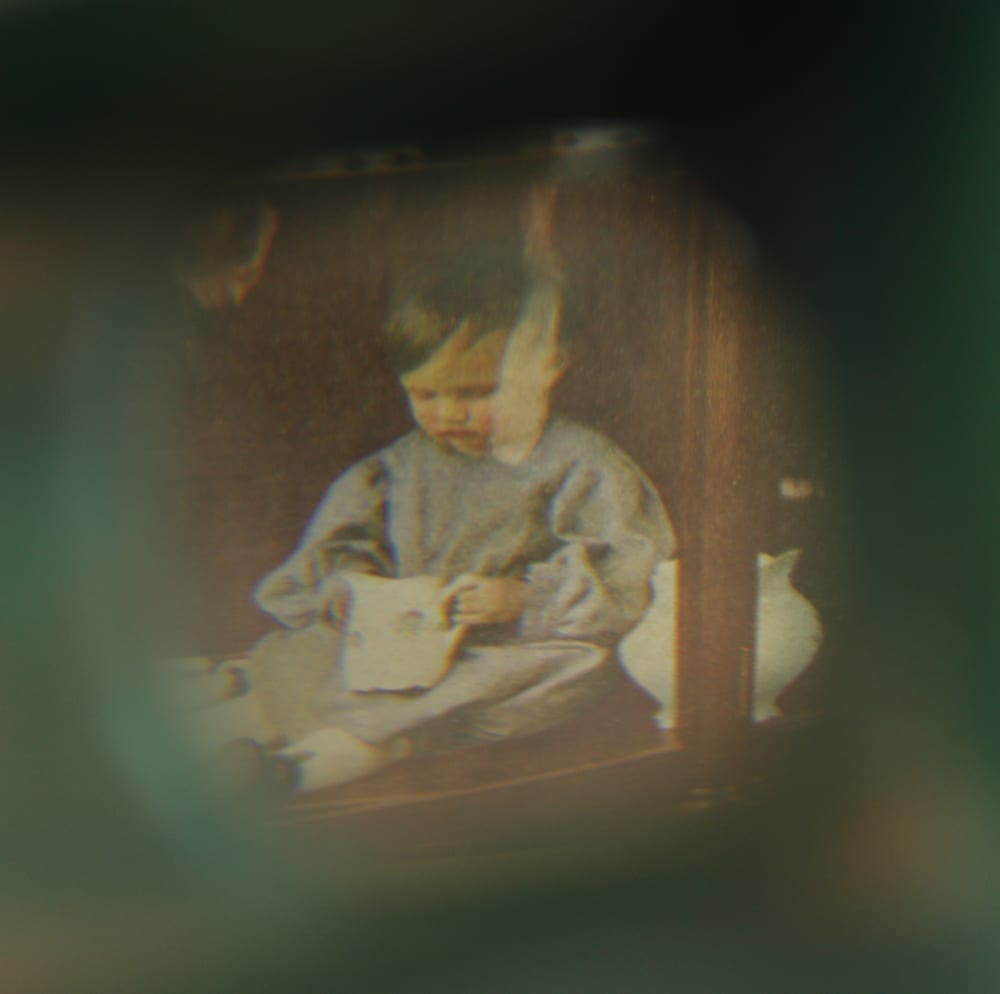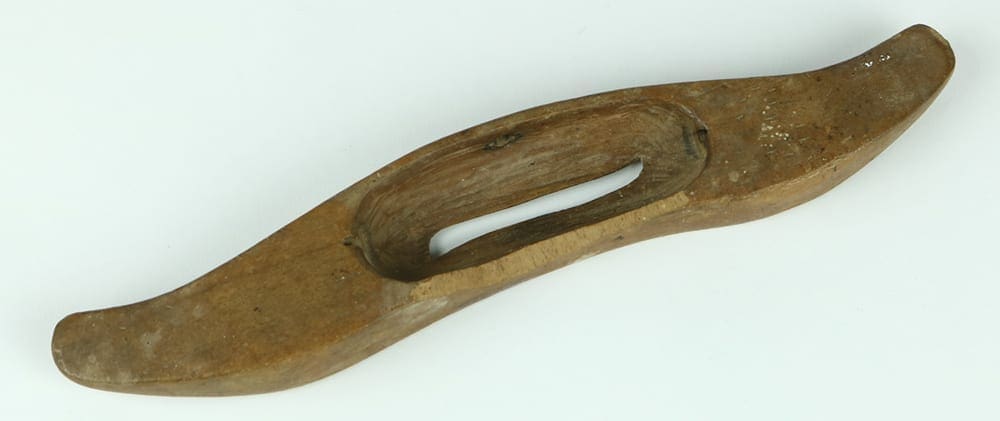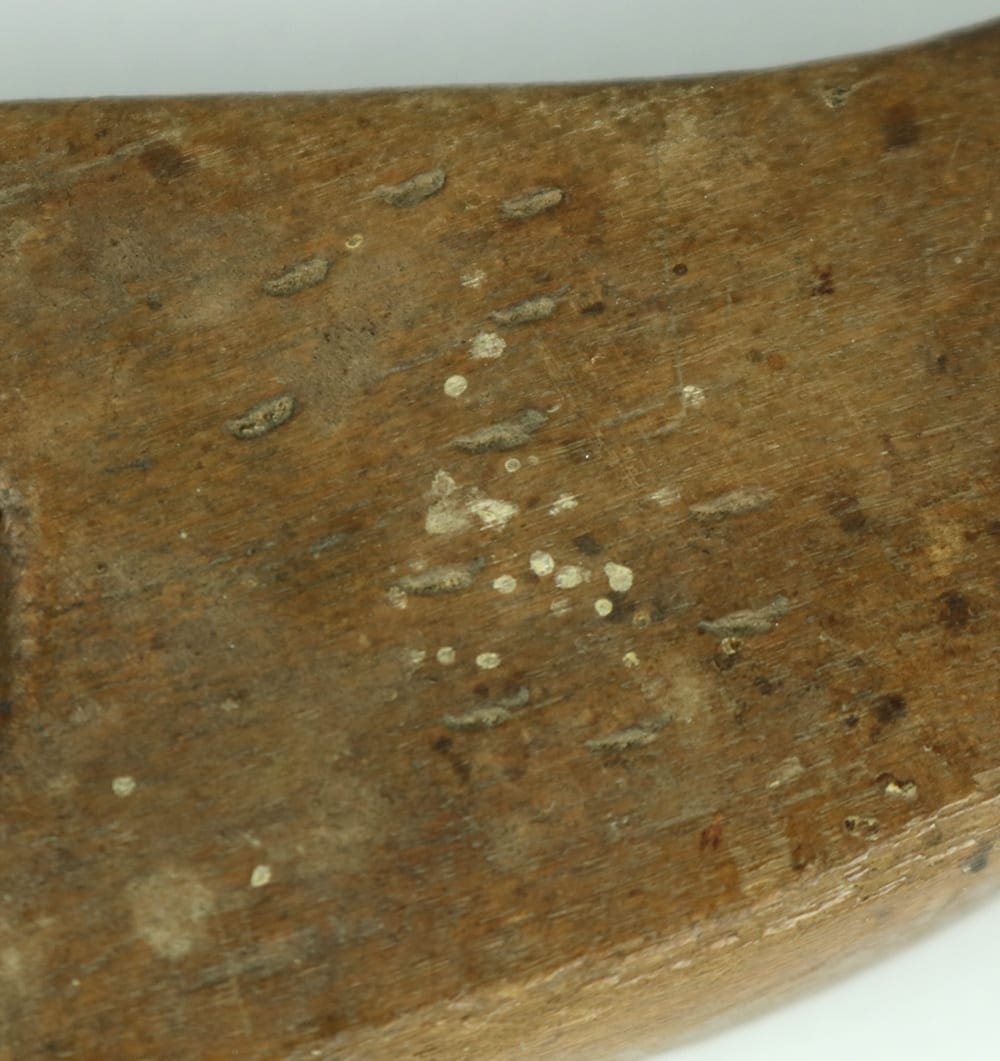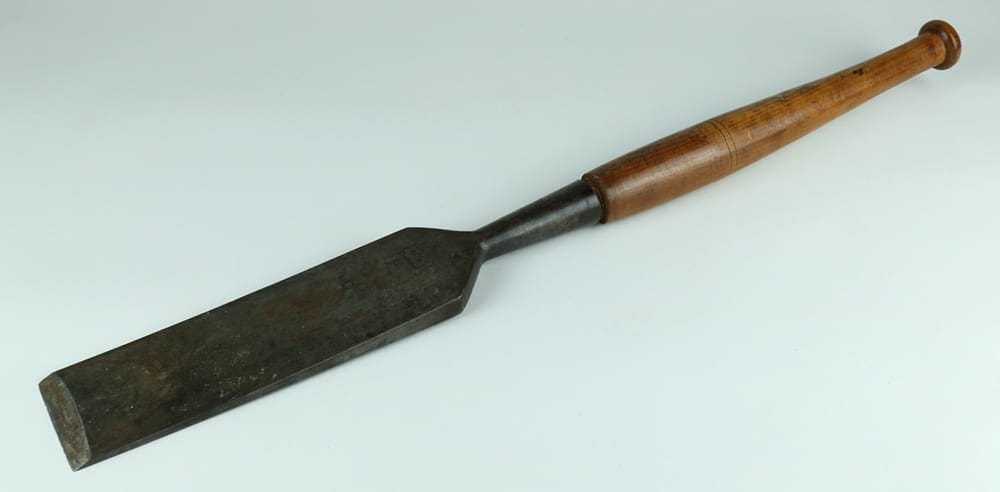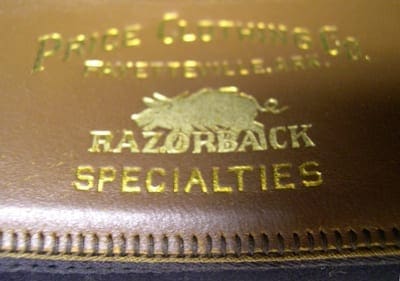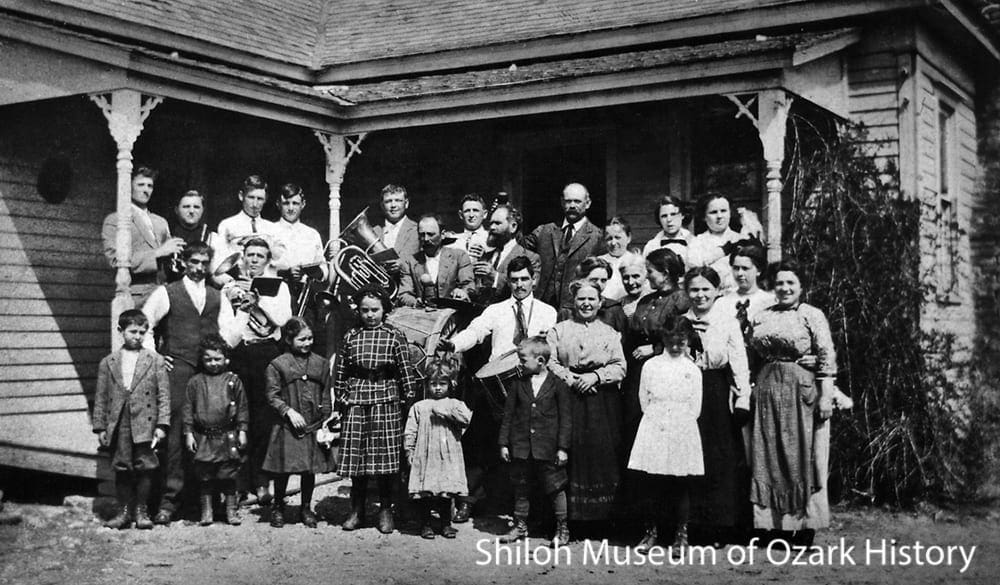Crop Duster
Donated by Virginia Garvey
This was used to apply dry pesticide to agricultural crops. Chemical powder was loaded into the duster, which was worn via a shoulder strap. The farmer walked up and down the rows while turning the crank, shooting pesticide out the barrel and onto the plants.
A similar duster can be seen on the Prince Edward Island Community Museum website.
